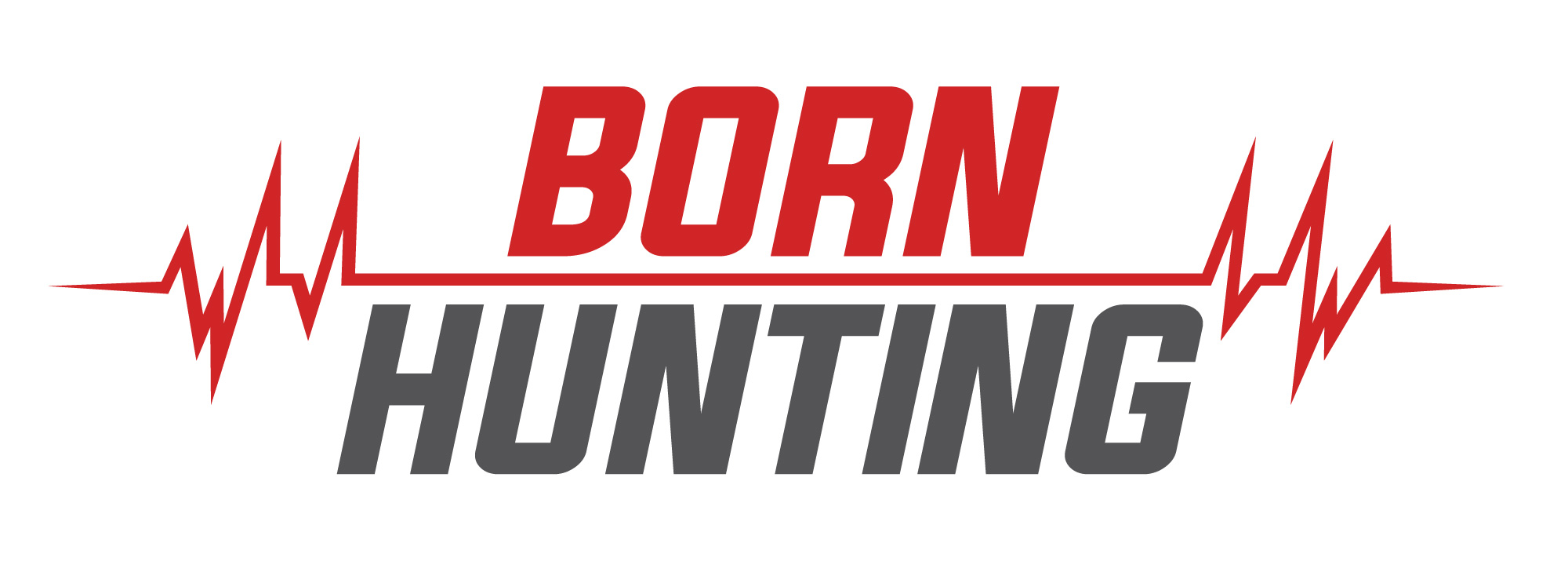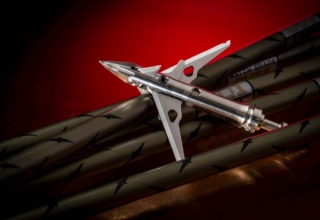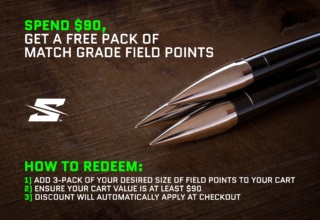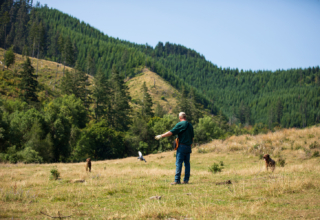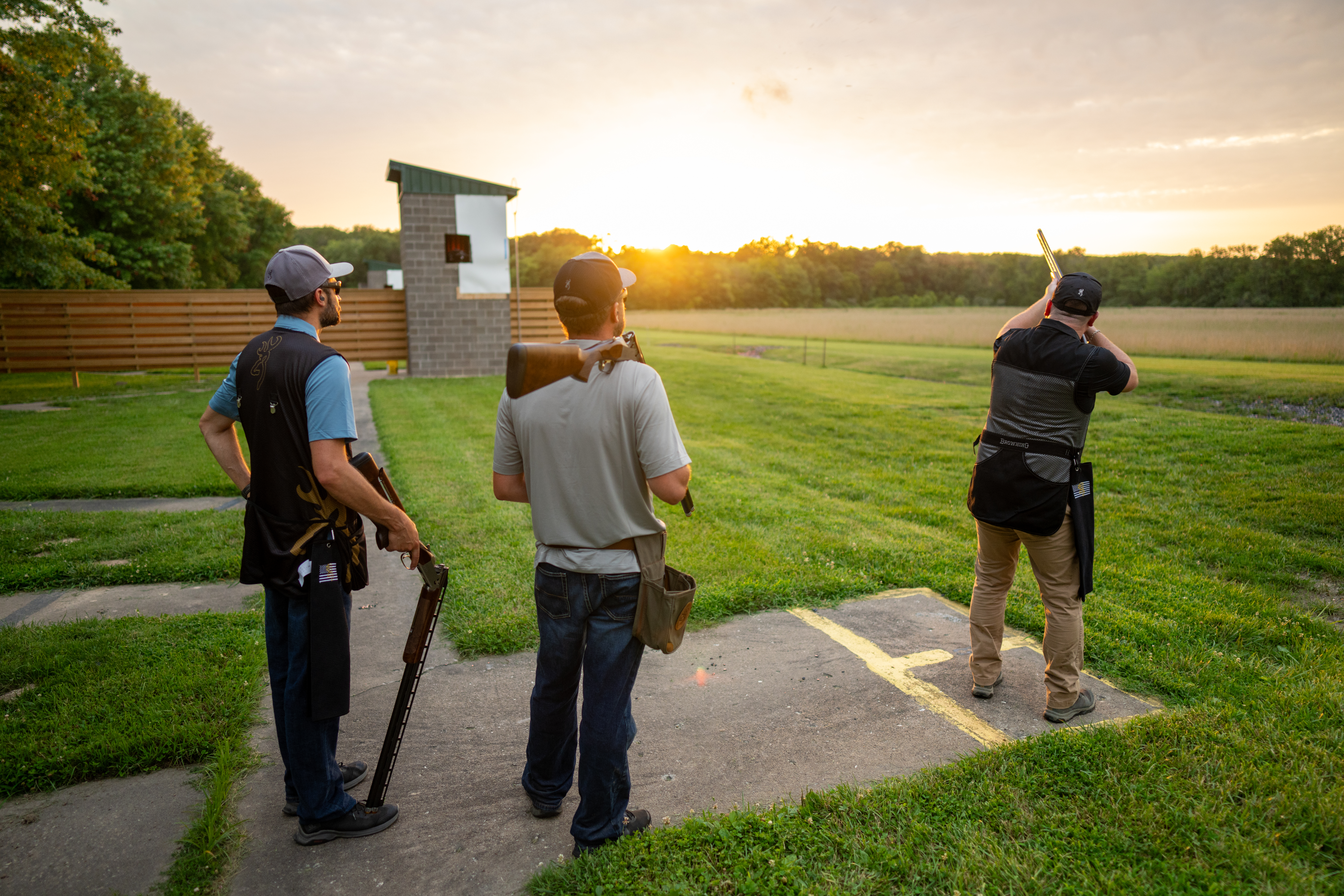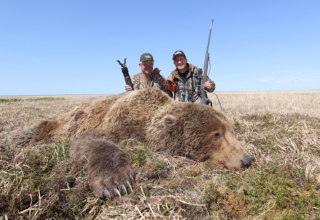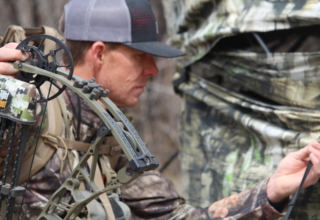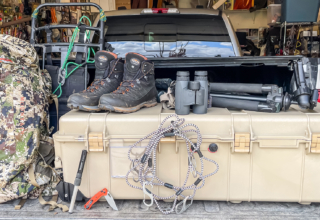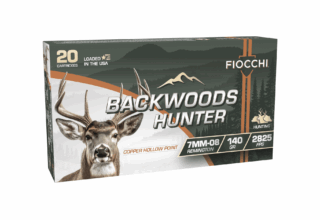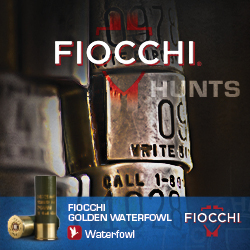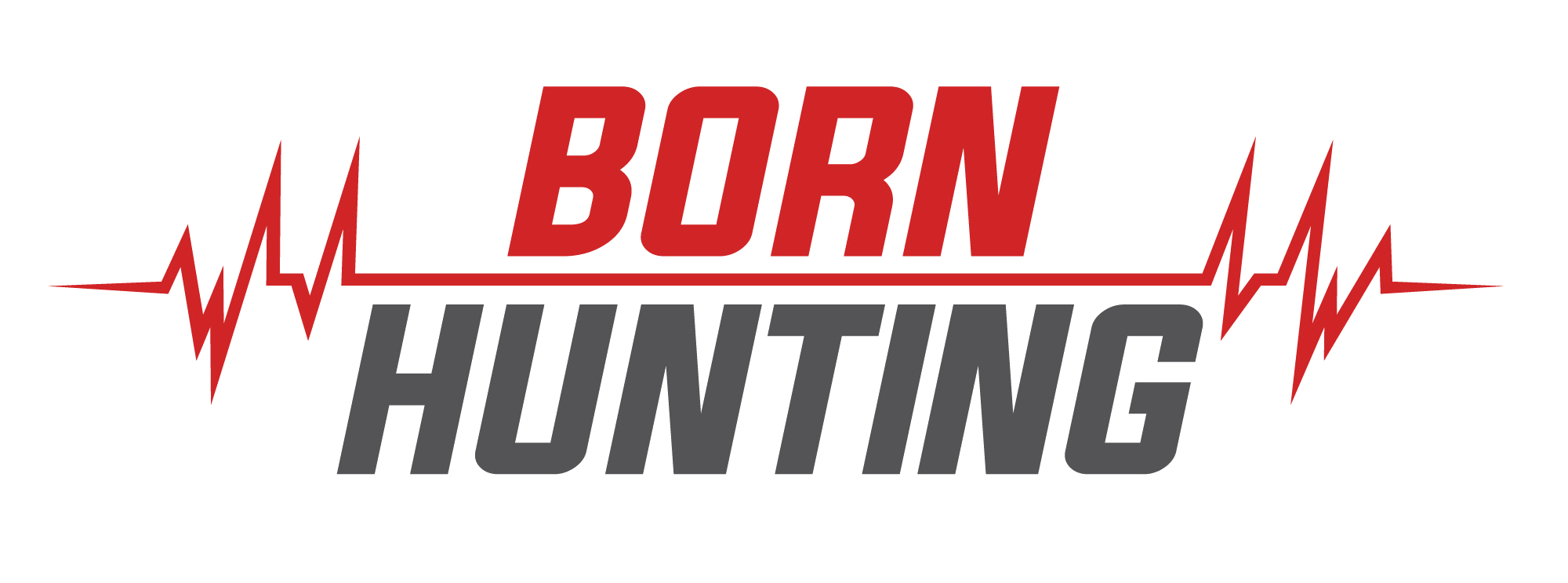There are over 110 makes and models of broadheads available. How do you know which one is right for you?
by Jace Bauserman
The angle wasn’t steep, but the shot was long. My Leupold rangefinder told me the distance from the bull tahr to me on the New Zealand mountainside was a tick over 60 yards.
Male tahr are bricks. A mature bull will weigh close to 200 pounds—some over—and they have heavy bone and muscle structure in their front half. This is because of the steep, rocky terrain they inhabit. Stout shoulders and forelegs enable them to climb and navigate the steep terrain where they live with ease and agility. Tahr also has thick winter coats. The coats get tangled and matted in places, which adds to the difficulty of achieving excellent arrow penetration.
Finished arrow weight is as essential to choosing the right broadhead as anything. My Easton X10 Parallel Pro measured 28 14/16 inches and weighed just shy of 435 grains. Their speed, measured out of my Hoyt Carbon RX-9 Ultra set at a draw length of 28.75 inches and a draw weight of 70 pounds, was 297 feet per second. My kinetic energy rating was 85.11-foot pounds, enough to blow through a bull tahr.
To Quickly Calculate Your Arrow’s Kinetic Energy Rating, Click Here
Accuracy was paramount. I needed to put the X10 Parallel Pro right behind the shoulder. When shots on a particular big-game hunt could be longer, I prefer a short, slim, and compact ferrule with a needle-point tip. The blades must be fully contained in the ferrule. I like an O-ring or some collar system. I’ve had too many mechanical heads, void of O-rings and collars, open in flight.
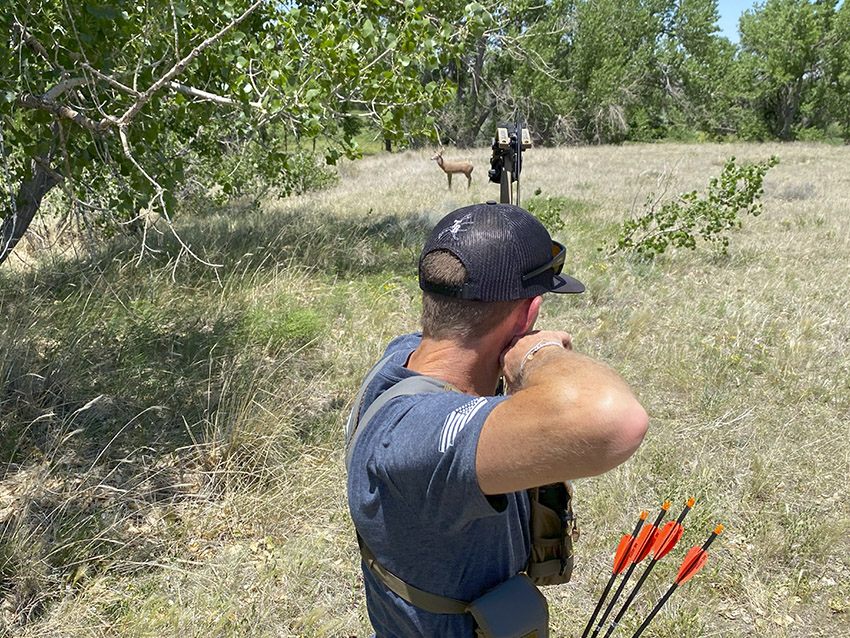
Broadheads are expensive, but I insist on practicing with the broadheads I’m going to hunt with. You will learn a lot about your arrow/broadhead combo when you shoot it regularly on the range. It doesn’t matter if I’m shooting a fixed blade, mechanical, or hybrid, I purchase three practice heads and use that trio to practice with.
The broadhead threaded into my 55-grain Aluminum/Aluminum Half-out was SEVR’s all-new Ti 1.75 4-Blade Hybrid. I’d shot the actual broadhead I was about to send toward a bull tahr twice—once from 75 yards and once from 125 yards. Both shots hit less than an inch from my field-point-tipped arrow. SEVR’s Practice Lock feature is fantastic. SEVR engineers added a second threaded hole on the ferrule. SEVR includes a small set screw with each broadhead. Thread that set screw into the hole in the ferrule and it locks the blades in place. Be sure to remove it before you hunt.
Why Use Mechanical Broadheads
I hit a touch lower than I wanted, but it was heart. Upon recovery, the blades of the 1.75-inch 4-Blade Hybrid opened vertically, slicing the bottom of the heart. The top blade of the .75-inch fixed bleeder blade also caught heart. The bottom expandable blade and the lower portion of the fixed blade didn’t hit heart. The enhanced cutting diameter saved me. This is another reason I prefer mechanical broadheads over fixed-blade heads. Most fixed-blade broadheads have a cutting diameter between 1 and 1-3/16 inches. Fixed-blade broadhead makers don’t create fixed-blades much over 1-3/16 inches due to tuning issues.
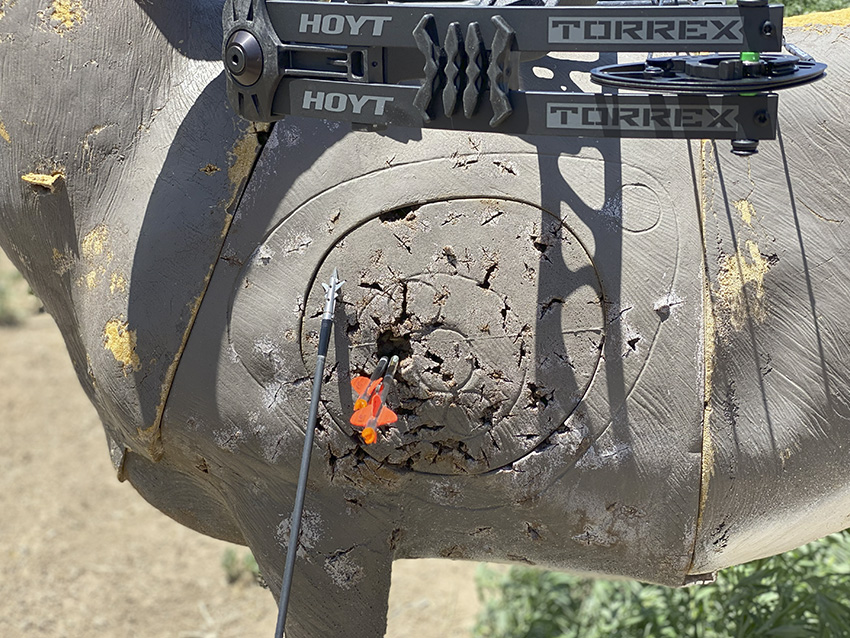
When hunting medium-sized big game, such as mule deer, mountain goats, bighorn sheep, black bears, and in this case, tahr in New Zealand, I prefer a low-profile mechanical with a cutting diameter between 1.5 and 1.75 inches. With the addition of the bleeder blade, the 1.75 4-Blade Hybrid has a cutting diameter of 2.25 inches; however, 0.75 inches of that cutting diameter is the fixed cutting surface. This means you’re not losing the energy on impact you would if you were shooting a 2.25-inch mechanical broadhead.
Mechanical broadheads with individual blade lengths of 1 inch or greater require a more extended ferrule to contain those blades. When shooting at animals beyond 50 yards, I want a short, slim, and compact ferrule that cuts the wind and better mimics the length and design of my field point.
SEVR & Bull Elk
I was taking the shot. The bull was 23 yards. The problem was the elk was quartering hard toward me. I needed to hug the back of the shoulder blade and tuck the SEVR Ti 1.5 right behind it without hitting it. When hunting big, heavy-boned big game—elk, moose, caribou, coastal black bears, feral hogs, etc.—I don’t want an expandable with individual blade lengths greater than .75 inches. I want maximum energy transfer on contact. I’m not worried about a large “slap” cut. I want the broadhead to poke a hole, expand, and carve up internal organs, and blow through.
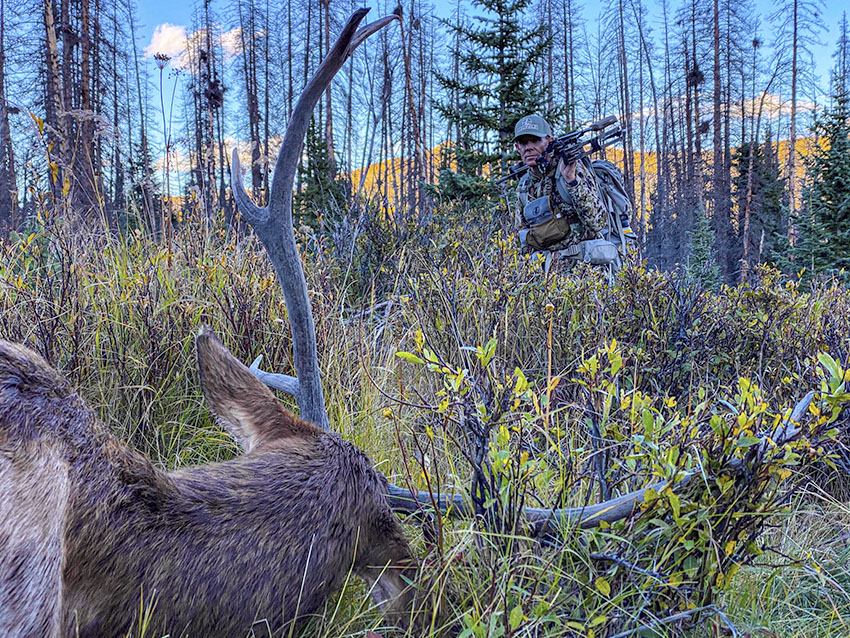
I clipped the back of the shoulder blade. The short notch in the blade confirmed it. Still, the SEVR Ti 1.5 didn’t deflect. Lock-and-Pivot blade technology pushed the blade back toward the slots in the ferrule. The second blade cut straight through, which allowed the second blade to open once it cleared the shoulder blade. There was no deflection, which can be an issue with some mechanical broadheads. The 6×6 public-land bull spayed blood for 125 yards before piling up.
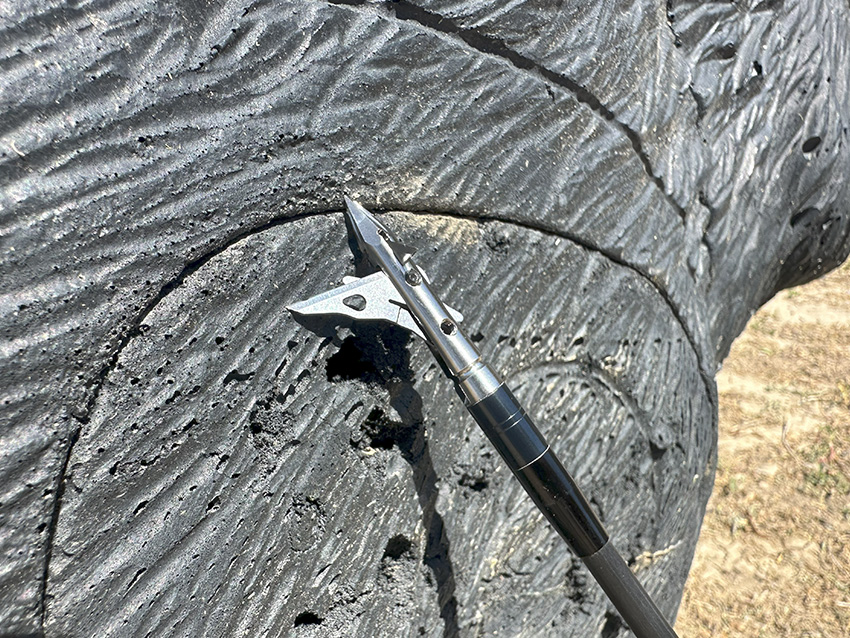
Yes, elk are big. They have large bones and a considerable amount of muscle and tissue. However, you DON’T need a fixed-blade broadhead to kill elk. A fixed-blade broadhead gives you no advantages when hunting elk or medium-sized big game. I’d argue that fixed-blade heads offer more disadvantages than they do advantages.
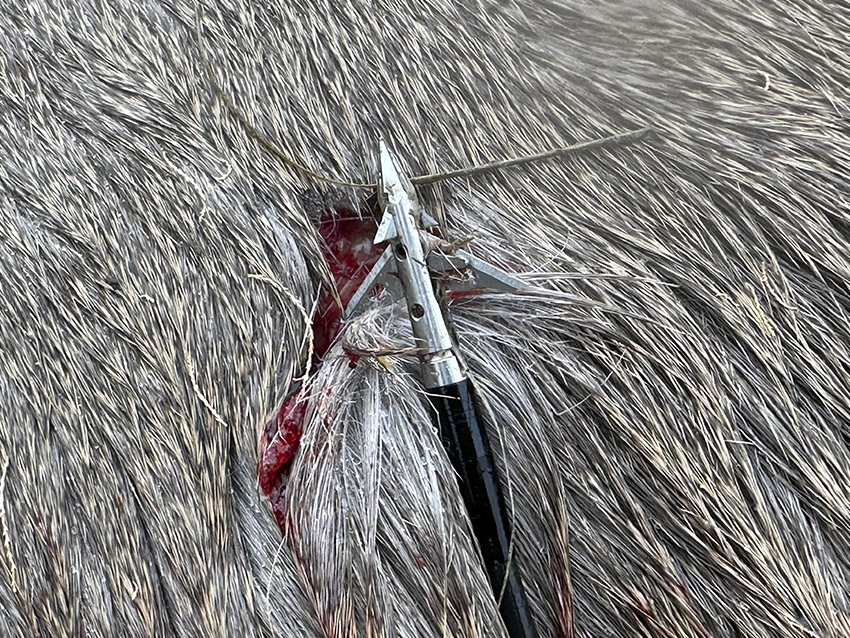
If you’re shooting a micro-diameter arrow—5mm or less—a 1.5-inch cutting broadhead will pave a clean cutting path for the arrow to track behind. This “clean” path reduces friction on the arrow and lets it track behind the broadhead. In a head-to-head test that took me several weeks, SEVR’s new Ti 1.5 4-Blade Hybrid proved more accurate than the original 1.5. I’ve yet to kill an elk with the 1.5 Hybrid, but I did shoot a pair of corn-fed whitetails, and the blood trails were the best I’ve ever seen. My Colorado buck was over 200 pounds, and the Ti 1.5 4-Blade Hybrid blew completely through the quartering-away buck, but as the buck turned to run, he snapped the arrow in half.
Fixed-Blade Broadhead Problems
Fixed-blade broadheads are less accurate than mechanical heads and require increased tuning. I’ve tuned all bow brands and had field points, mechanical and fixed blade broadheads tearing perfect holes through paper from 6 feet. From 50 yards, the most accurate fixed blades in the business, which I feel are Muzzy’s Trocar, QAD’s Exodus, and Iron Will’s Single Bevel, will group remarkably well. However, in most cases, they will hit to the right of field points and mechanical broadheads from a well-tuned bow.

Fixed-blades broadheads also chew up foam targets. When I shoot SEVRs, I do so from June through the beginning of bow season. I lock them in Practice Mode and am good to go. Additionally, because SEVR heads are field-point accurate, you can shoot field points all year, swap to your SEVRs, and not have to make any sight, rest, or tuning adjustments.
I live for September. If there were a better broadhead than a SEVR 1.5 or 1.5 4-Blade Hybrid, I’d be shooting it. In 2019, using a SEVR 1.5, I shot a bull elk quartering-toward me at 62 yards. I hit the piece of mud on his tan hide I was aiming at. The 4mm Easton Axis Long Range arrow with SEVR-tipped broadhead went through the lung and liver and blew completely through the paunch. When the bull turned to run, the arrow kicked out. I’ve never been so impressed.
If you’re shooting a standard-sized .246-inch arrow from a less than 60-pound draw-weight bow, I do recommend a good, fixed blade like those from Quality Archery Designs or Iron Will.
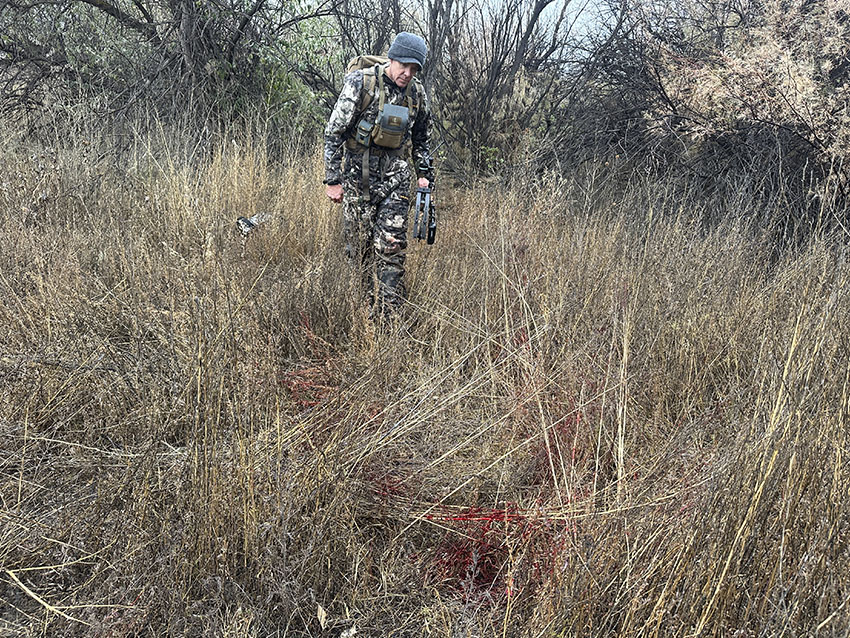
In 2026, I’m headed back to Africa. This time, though, plains game isn’t on the menu. I’m after Black Death—the Cape buffalo—with archery tackle. I’ve already started testing. I will be shooting Easton’s 4mm FMJ 300 with 100-grain Titanium/Steel Half-outs from a 70-pound draw weight Hoyt, using Iron Will’s Single Bevel 175.
Why the sudden change from mechanical to fixed? Cape buffalo have hides up to three-times thicker than domestic cows. My research, which includes reading numerous articles and consulting with my PH, suggests that a two-blade single-bevel broadhead will lose less energy as it passes through the skin and muscle. The longest shot I will take will be 40 yards, which is ideal for a fixed-blade head. Most expandable broadheads aren’t offered in grain weights of more than 125 grains, which makes building an arrow over 700 grains difficult.
Regardless of what you’re hunting, you must understand the anatomy of the animal you’re hunting. You also must know your arrow’s kinetic energy rating and what your arrow/broadhead combination is designed to do.
